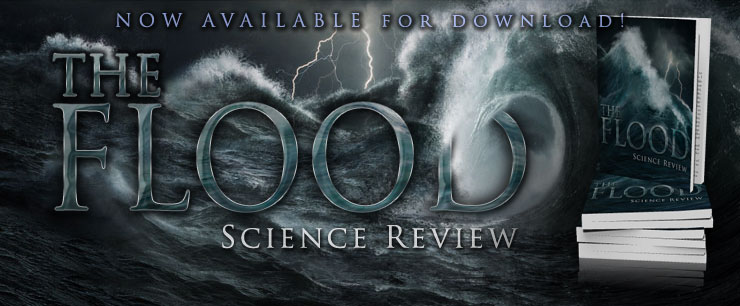REVIEW PROCESS

The following process was agreed to by each of the participating Authors and Panelists before the beginning of our Review.
Small changes were made to the process as needed throughout the Review. The primary changes were the amount of time allotted for a given round or the amount of space allowed for the Panelists or Authors’ contributions.
Overview
The Review consisted of four major steps:
Step 1: Panelists Review – Several rounds of written exchanges between panelists and authors, depending on the questions and need for continuing dialog.
Step 2: Author-to-Author Critiques – Authors will offer critiques on other authors’ Flood Models.
Step 3: Panelists Reports – Panelists provide a 2-3 page conclusion on the merits of the scientific evidence for the proposed models and theories, based on their review and discussions.
Step 4: Author Rebuttals – Authors may respond to the Panelists Reports, with rebuttal comments to further clarify their positions.
Once the panel is selected, deliberations will begin immediately, because selection was based, in part, on the candidate’s demonstrated understanding of all the Flood Models.
During the panel’s deliberations, panelists will be designated by a number and will be asked not to communicate directly with authors or other panelists. IJNP will expect that the Panelists will provide their independent judgments, not views influenced by one or two strong personalities. Therefore, all communications between panelists and authors will go through the Chairman, who represents In Jesus’ Name Productions (IJNP). However, panelists are
encouraged to consult with any outside experts. Regardless of how many flood authors participate, the panel will complete their evaluations.
Step 1: Panelists Review
After the panel is formed, the first of perhaps 4 rounds of questions and critiques will begin—each lasting about 2 weeks. The chairman may increase or decrease the number of rounds depending on the relevance of the questions and criticisms he receives from panelists. During each round, each panelist can direct one scientific question or criticism to each author. The authors will then have a week to respond to the question or criticism. All panelists and participating authors will receive copies of all correspondence between panelists and authors. Criticisms, questions, and responses will be in writing and will be submitted through the Chairman, who will simply assure that they are clearly written, unemotional, reasonable, anonymous to others, and not redundant.
If additional Flood Models have been identified after the initial announcement and questionnaire has been distributed, the Chairman will send the 7-10 panelists the written descriptions of any additional models for consideration. If 40% or more panelists tell the Chairman an additional theory is presented in enough detail and is worthy of the panel’s full consideration, all panel members will be asked to include it among the theories being scrutinized by the panel.
Step 2: Author-to-Author Critiques
After the last review round is complete, participating authors will submit up to a 1,000 word critique of each competing theory. Because the authors are expected to have studied each other’s writings, they (and the panelists) may reference those writings in their critiques. Participating authors may have a similar 1,000 words to rebut any critique they receive. The Chairman will group each author’s submission with those of the other participating authors, and distribute them as a group to other participating Authors and Panelists at the same time. Panelists and Authors can petition the Chairman to have issues clarified.
Step 3: Panelist Reports
Panelists will then have 1 month to submit their 2–3 page reports on their conclusions and discussion of the merits of the scientific evidence supporting the theories and models.
Step 4: Author Rebuttals
After these reports are submitted, each participating Author may have 1 month to submit a rebuttal (1,000 words or less) of any report. If the Chairman decides that one rebuttal is appropriate for several reports or several authors, those who concur with the rebuttal will be indicated. These rebuttals are expected to be clarification statements and factual rebuttals. No counter-rebuttals from panelists will be allowed without the Chairman’s approval, although panelists may petition the Chairman and make whatever request they feel will add clarity to the public’s understanding of the Flood Models. The Chairman may ask a Panelist to reconsider parts of his or her report in light of these rebuttals.
Though each Author believes he/she has Biblical support for his or her model, this debate will be based on the merits of each theory based only on scientific evidence. In order for the panelists to have a clear understanding for the Biblical support for a given theory, the Author will provide a maximum of 1000 word article to help the panelists and future readers understand his Biblical perspective. It is our firm belief the correct interpretation will be supported by a preponderance of scientific evidence and any incorrect interpretations will likely be invalidated by the lack of supporting scientific evidence.
Step 5: Book Preparation
During this time, Panelists may petition the Chairman and make whatever request they feel will add clarity to the public’s understanding of the flood based on the greatest scientific and Biblical accuracy.
Step 6: Publish Book
IJNP will publish a book about the Review, either in print or electronic form, within 6 months of the conclusion of the Review.
